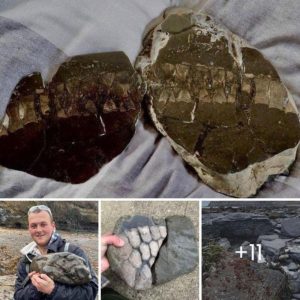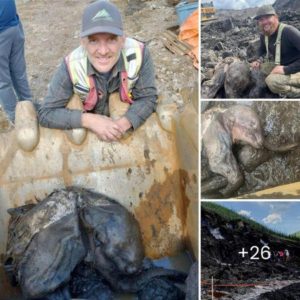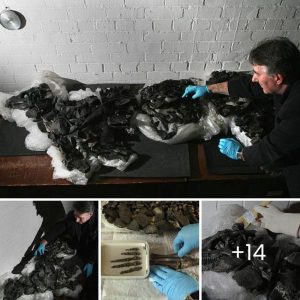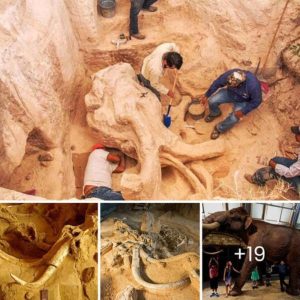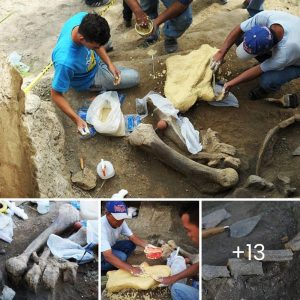A remarkable 67-million-year-old Triceratops fossil, nicknamed “Horridus” after its species name (Triceratops horridus), has made its public debut at the Melbourne Museum in Australia.
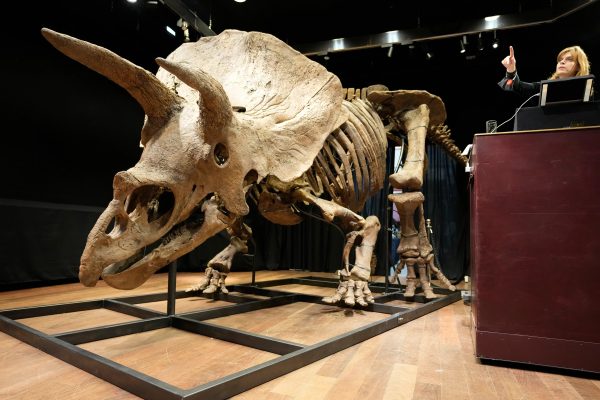
This fossil, which is about 85% complete, is among the most intact Triceratops specimens ever found. Horridus was a herbivorous dinosaur that lived during the Cretaceous period, growing to an impressive size.
The fossil comprises over 260 bones and weighs more than 2,200 pounds (1,000 kilograms), measuring nearly 23 feet (7 meters) in length and standing over 6.6 feet (2 meters) tall.

The skull of Horridus is 98% complete, featuring two slender horns at the brow and a stubby horn on its nose. Its neck frill spans 4.9 feet (1.5 meters), and the skull itself weighs about 575 pounds (261 kilograms).
This remarkable fossil was discovered on private land in Montana in 2014, and it was acquired by Museums Victoria in Australia in 2020.

When Horridus arrived in Melbourne, it was in pieces in eight crates, some of which were car-sized. Fossil preparers meticulously measured, labeled, and 3D-scanned each bone before assembling the skeleton for display.
While many articulated Triceratops skeletons are exhibited worldwide, only Horridus and a handful of others are composed of bones that came from a single individual.
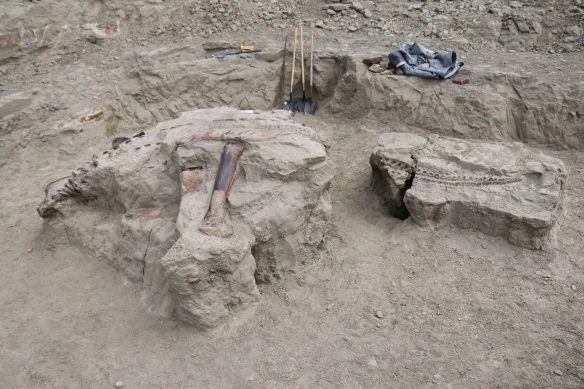
Erich Fitzgerald, a senior curator of vertebrate paleontology at Museums Victoria, described this find as the “Rosetta Stone for understanding Triceratops.” The fossil consists of hundreds of bones, including a complete skull and the entire vertebral column, which can help unlock mysteries about how this species lived 67 million years ago.
In the exhibit, Horridus is displayed in a chamber with projections that illuminate its bones. Although scientists can’t determine if Horridus was male or female, there is much to be learned about Triceratops evolution, biology, and behavior from this nearly complete skeleton.
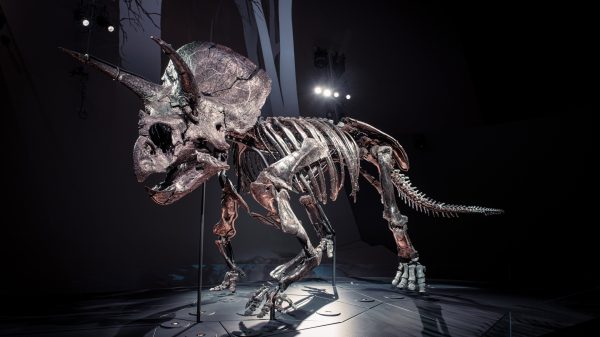
The permanent housing of this remarkable fossil at Melbourne Museum ensures its accessibility for generations of scientists and visitors.

